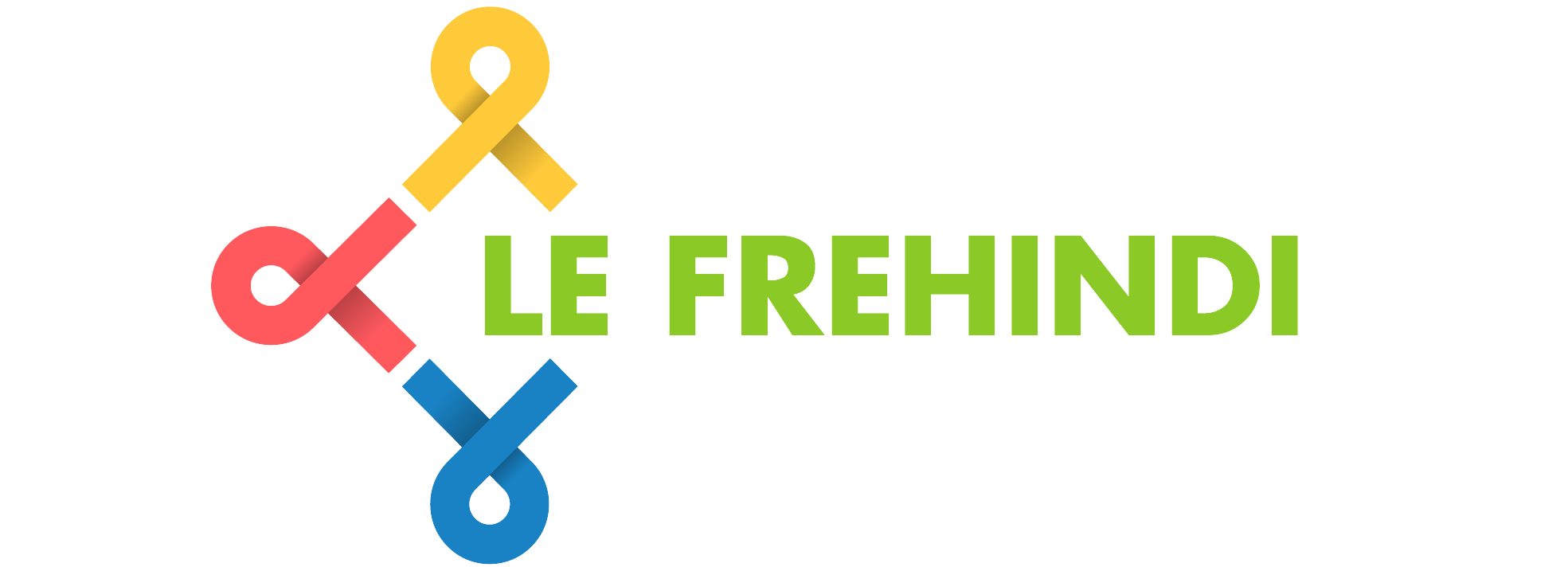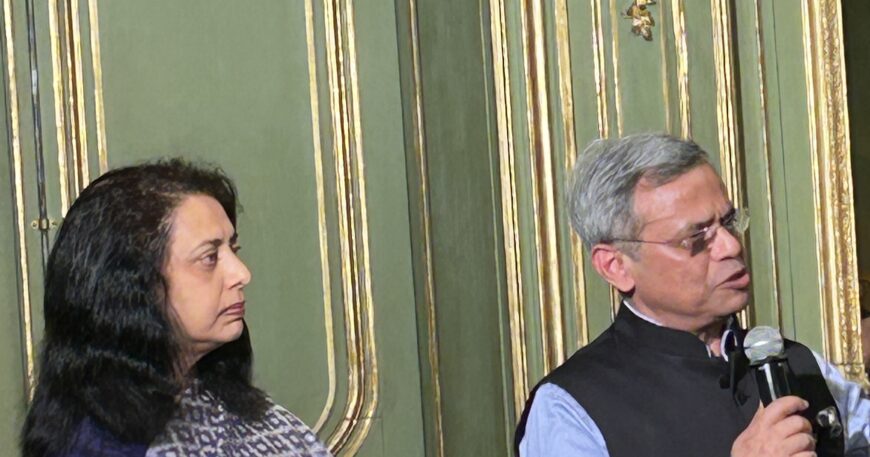At Frehindi, I have the privilege of engaging with youth from diverse ethnic backgrounds and societal strata. These interactions often lead to profound discussions about extremism and the tendency to label certain communities as inherently non-peaceful. Such topics are challenging to address. The conversations frequently evoke defensiveness and polarizing views, making it difficult to foster meaningful dialogue. As we step into a new year, I find myself with the time and desire to share my perspective on this deeply nuanced issue, one that I hope will resonate with our readers and spark thoughtful reflection.
The Journey of Religious Growth
Religions, like cultures and societies, evolve over time. This evolution often mirrors the maturation process of an individual. Younger religions, such as Islam and Christianity, can be seen as being in their formative or adolescent stages when compared to ancient traditions like Hinduism. With youth often comes fervor, experimentation, and the occasional misstep. However, these are not signs of inherent flaws but part of a broader journey toward refinement and maturity.
Take Islam, for instance. Emerging in the 7th century in a tribal society, it brought a unifying message to an often fractious region. Its rapid expansion, however, left it less room to organically integrate with the cultures it encountered. Yet, in regions where it had time and opportunity to meld with local traditions, incredible cultural syntheses emerged.
A prime example of this is Sufism, a mystical branch of Islam that developed rich spiritual practices embracing love, music, and poetry. In India, Sufism encountered Hindu Bhakti traditions, resulting in a profound cultural marriage. Poets like Kabir and Amir Khusro epitomize this union. Their works seamlessly blended languages and symbols—Hindi, Avadhi, Arabic, Sanskrit—invoking both Krishna and Ali in the same verses.
Amir Khusro beautifully captured the essence of this cultural integration in his timeless couplet:
छाप तिलक सब छीनी रे मोसे नैना मिलाइके,
प्रेम भटाका (भक्ति) रंग दी रे, मोसे नैना मिलाइके।
(“You have taken away my identity and adorned me with love and devotion just by your glance.”)
Kabir, another mystic poet, captures the same spirit of unity in his verse:
हरी का रूप मन में बसे, अली का रंग छाए,
एक ही सांस से दोनों आए, प्रेम सुधा बरसाए।
(“The form of Hari resides in my heart, and the hue of Ali pervades, both arriving together with one breath, showering the nectar of love.”)
Another testament to cultural evolution is the emergence of Urdu. Born out of the linguistic interplay between Persian, Arabic, Turkish, and the indigenous languages of the Indian subcontinent, Urdu mirrors the spirit of synthesis. Today, it shares an almost indistinguishable spoken form with Hindi, underscoring the deep interconnectedness fostered through cultural integration.
The Growing Pains of Religions
Younger religions often exhibit dogmatism as they strive to establish a cohesive identity. Christianity, for example, underwent its share of rigidity during the Inquisition and Crusades. Yet over time, it diversified into numerous denominations, each reflecting its own interpretation of core beliefs. Similarly, Islam’s evolution has been shaped by interactions with different cultures, leading to diverse practices from North Africa to Southeast Asia.
Hinduism, by contrast, demonstrates the richness of an ancient tradition that has matured over millennia. Its pluralistic nature—expressed through countless philosophies, deities, and practices—allows it to evolve continuously. It is not merely a religion but a way of life, accommodating new thoughts and philosophies like progenies. This openness has been key to its resilience and enduring relevance.
Le Frehindi and Cultural Evolution
At Frehindi, we deeply understand the importance of cultural integration and evolution. Our programs are designed with this philosophy at their core, fostering cross-cultural learning and growth among the youth. We believe that such efforts are vital for a harmonious world where diversity is celebrated, and mutual understanding thrives.
This belief was reinforced during an unforgettable event in December 2024. I had the honor of attending an evening hosted by His Excellency Mr. Jawed Ashraf, the Ambassador of India to France. The highlight of the event was a performance by a Sufi Qawwali group from the Khwaja Moinuddin Chishti Dargah in Ajmer Sharif. The spiritual energy of their music transcended boundaries, creating an atmosphere of profound unity and peace. It was a moment of clarity and affirmation for me—a reminder that my professional path is aligned with a greater purpose.
As I stood amidst the uplifting melodies, I felt a deep gratitude to the universal energy, or Brahman, for choosing me to play this part in the grand play of existence, or Maya. It was a humbling experience that filled me with self-pride and reinforced my commitment to fostering cultural integration through Frehindi’s work.

A New Year’s Reflection
As we begin this new year, I encourage all of us to look beyond the surface of extremism and dogma and to understand the growing pains that all religions and cultures experience. Like Sufism and Urdu, the integration of ideas can create beautiful outcomes that inspire and guide generations. It is through understanding, patience, and openness that we can nurture a world where differences are not just tolerated but celebrated.
Let us commit to being agents of cultural evolution, fostering dialogue, understanding, and unity in everything we do. At Frehindi, this mission remains at the heart of our philosophy, and I am proud to continue this journey with all of you.
Haru MEHRA
President, Le Frehindi






